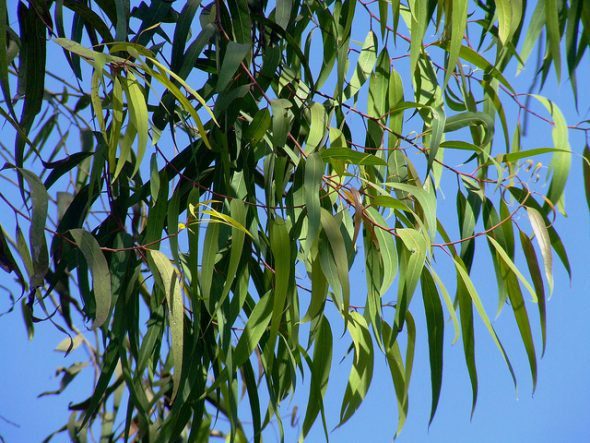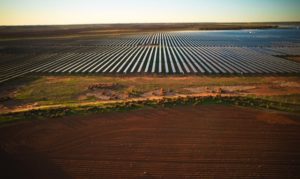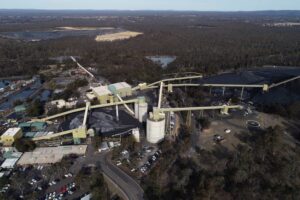Oil from the leaves of the iconic Australian native gum tree could be used to make a renewable jet fuel of the future, according to the results of an international study being led by the Australian National University.
The main goal of the ANU led study, which has been conducted in collaboration with US-based Oak Ridge National Laboratory, University of Tennessee and University of Florida, is to find an alternative to fossil fuels for powering modern jet aircraft.

According to ANU lead researcher, Carsten Kulheim, this goal has been difficult to achieve, due to the high energy density required.
“Renewable ethanol and biodiesel might be okay for the family SUV, but they just don’t have a high enough energy density to be used in the aviation industry,” Dr Kulheim said.
The international study, which has been published in Trends in Biotechnology, hopes to overcome this problem using a component of eucalyptus oil called monoterpenes, which are contained in the leaves of certain species of gum tree.
Certain monoterpenes commonly found in eucalyptus oils such as pinene and limonene, can be refined through a catalytic process, resulting in a fuel with energy densities suitable for jet fuel, the study has found.
“If we could plant 20 million hectares of eucalyptus species worldwide, which is currently the same amount that is planted for pulp and paper, we would be able to produce enough jet fuel for 5 per cent of the aviation industry,” said Dr Kulheim.

And while this would initially be more expensive than fossil fuels to make on a mass scale, it would produce significantly less net carbon emissions.
The study’s main focus is to find a way to boost production of monoterpenes to obtain industrial scales of jet fuel, using genetic analysis, advanced molecular breeding, genetic engineering and improvements to harvesting/processing of the oils.
Co-researcher David Kainer, a PhD candidate at the ANU Research School of Biology, said the knowledge gained through the research could be used to enhance yield through breeding techniques and genetic selection.
“We can double, perhaps even triple, the yield that we can get per hectare to make a bigger dent in the aviation fuel industry,” he said.
“We’re looking for species that have the right type of oil and in addition to that, since the oil is in the leaves, they need to grow a lot of leaves in a short amount of time.
“Eucalyptus plantations globally produce up to 200kg of oil per hectare per year, but by selecting the best genetic stock they could produce more than 500kg of oil per hectare,” Kainer said.
“We can plant these trees on marginal lands that have low rainfall, and we can also plant them in agricultural systems that have salinity problems and help them defeat that problem.”










